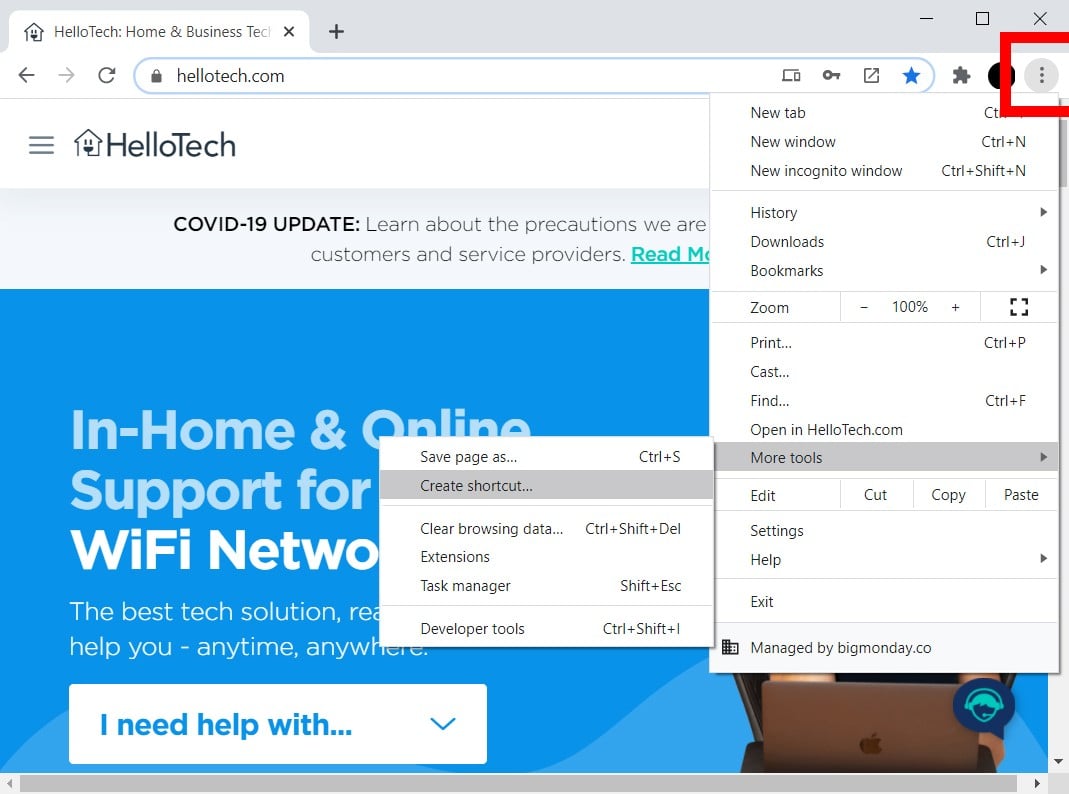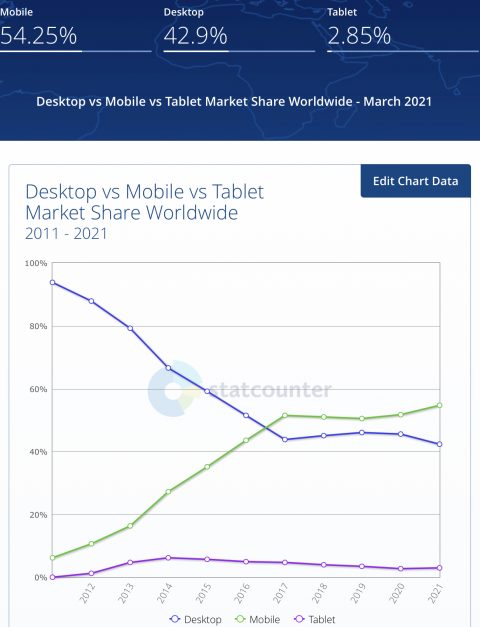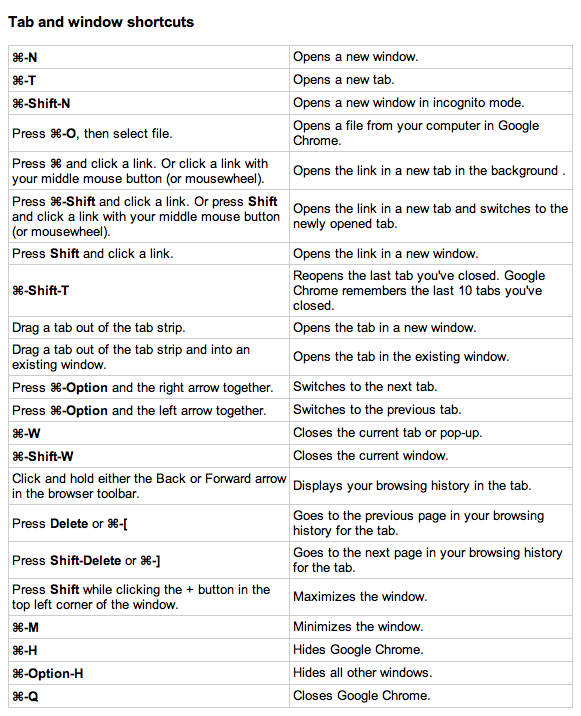

- #What different shortcut keys for chrome mac install
- #What different shortcut keys for chrome mac full
- #What different shortcut keys for chrome mac mac

In 2004, a standard emerged using numbers, which promotes consistency for users, and enables the increased predictability of keyboard shortcuts on different sites.
#What different shortcut keys for chrome mac install
Another option for the end user is to install a user script such as FireFox Access Bar for GreaseMonkey. Another possible way of displaying which accesskeys do what is to create a page with all the accesskeys displayed. It helps them identify which key to press to navigate to where they want to. * : after Įmphasize isn’t necessary, but can be useful to the user.
#What different shortcut keys for chrome mac mac
For the link below, a user would press Alt+ H on Internet Explorer, Ctrl+ H on a Mac (the command key can give undesired results) and ⇧ Shift+ Esc+ H on Opera to be directed to index.html. One convention is for the page author to show the access key value by using the tag to underline the letter in the link’s text corresponding to the accesskey assigned. Though the accesskey attribute sets the key that can be pressed, it does not automatically notify the user of the bound access key.

The value of an element’s accesskey attribute is the key the user will press (typically in combination with one or more other keys, as defined by the browser) in order to activate or focus that element. Firefox 2.0 will activate the last of a group of elements assigned the same accesskey.Īccess keys are specified in HTML using the accesskey attribute. IE 4.0 only supported letters of the English alphabet as accesskeys. This way, elements can be logically grouped in various accesskey rings for easier navigation. If multiple identical accesskeys are assigned within the same document, IE will tab through them on each keypress (IE will tab backwards if ⇧ Shift is pressed as well).
#What different shortcut keys for chrome mac full
Once the modifier key is released, the browser displays the full list of access keys and their actions, and the user can hit the desired key. The modifier keys are released before the regular key is pressed. The modifier key must be released before the regular key is pressed. This is still the case for hyperlinks in version 9.Īlt+ D cannot be used as an access key in IE 7 or above. Prior to IE8, Alt + Access Key focused on the element, but required ↵ Enter to be pressed in order to activate the element. Prior to version 2, Firefox used just Alt No modifier is needed for this web browser used on mobile devices.Īlt on Windows, FreeBSD, and Linux (Note: Alt+ ⇧ Shift is required in some circumstances)Īlt+ ⇧ Shift on Windows, FreeBSD and Linux įor a more complete list of which browsers support the HTML Access keys, please see how they are compared in the comparison of web browsers.Įlement is activated immediately upon key press. However, XHTML 2 has been retired in favor of HTML5, which (as of August 2009) continues to permit accesskeys. In XHTML 2, a revised web authoring language, the HTML Working Group of the World Wide Web Consortium deprecated the accesskey attribute in favor of the XHTML Role Access Module. Their research showed that most key stroke combinations did in fact present a conflict for one or more of these technologies, and their final recommendation was to avoid using accesskeys altogether. These users require numerous keyboard shortcuts to access web pages, as “pointing and clicking” a mouse is not an option for them. In the summer of 2002, a Canadian Web Accessibility consultancy did an informal survey to see if implementing accesskeys caused issues for users of adaptive technology, especially screen reading technology used by blind and low vision users. They were introduced in 1999 and quickly achieved near-universal browser support. In a web browser, an access key or accesskey allows a computer user to immediately jump to a specific web page via the keyboard. Keyboard shortcut allowing jump to specific part of page


 0 kommentar(er)
0 kommentar(er)
